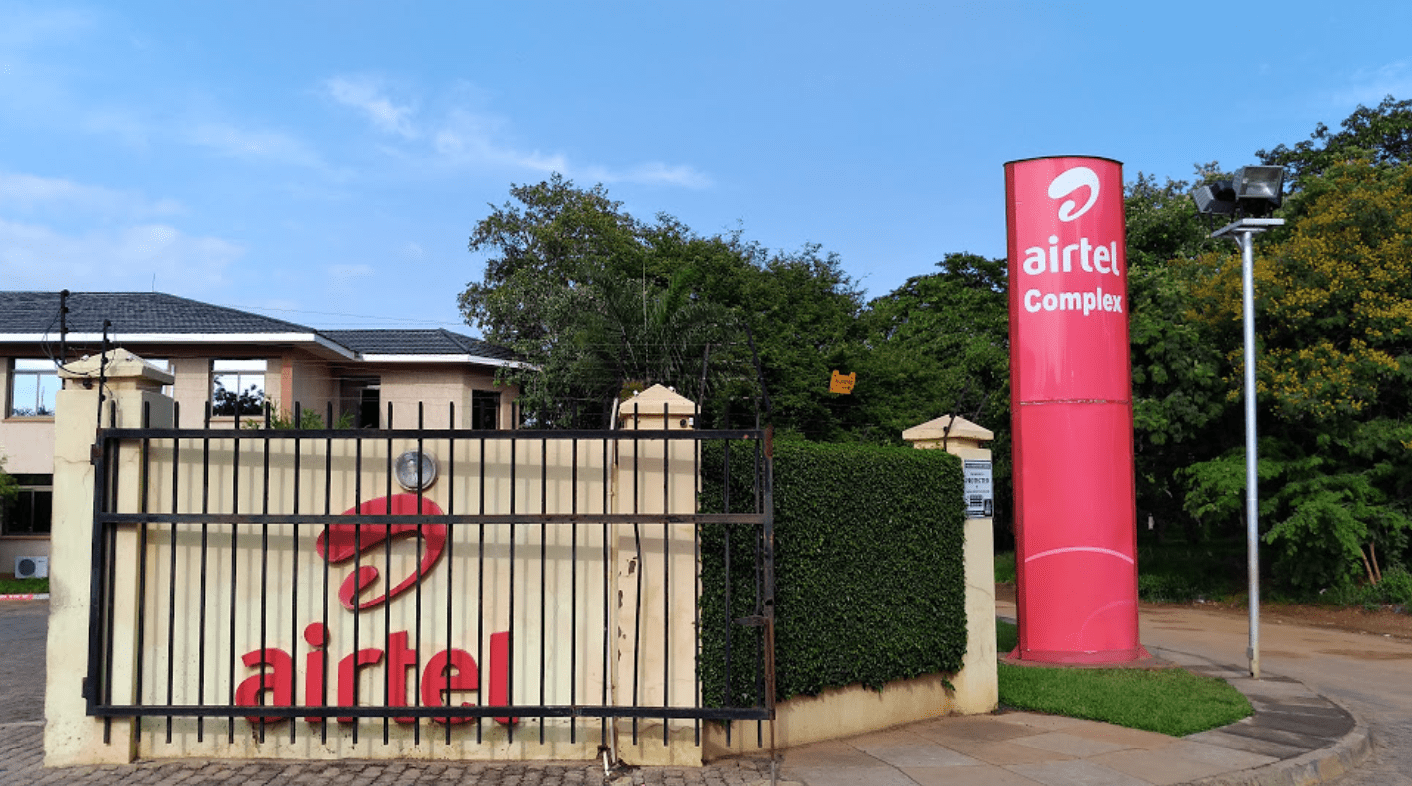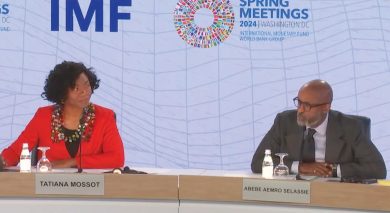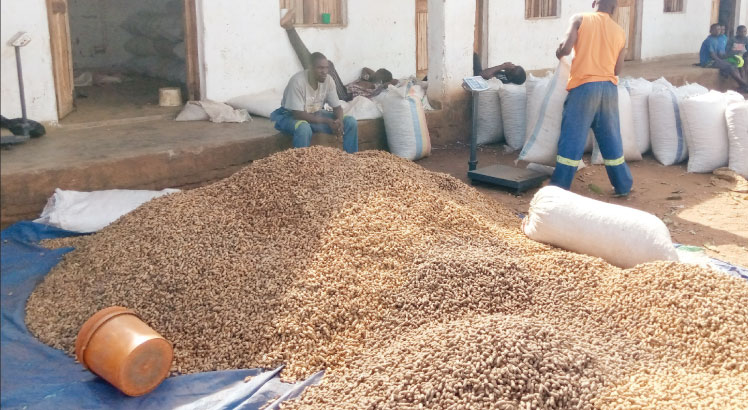Agriculture sector faces K563bn funding gap
Malawi has a financing gap of $543 million (about K563 billion) required to achieve the transition to sustainable agriculture and foods systems by 2030, International Institute for Sustainable Development data shows.
Of the total, the donor share is $472 million (about K489 billion) while Malawi Government is supposed to raise an additional $70 million (about K73 billion), to enable over 2.9 million smallholder farmers have their incomes increased.
In its recent study on the evidence-based and costed country roadmaps for effective public interventions to transform agriculture and food systems in Ethiopia, Malawi and Nigeria, the institute warns that if the financing gap persists, Malawi could see the number of people falling into extreme poverty rise by three percentage points from 69 percent in 2016 to 72 percent in 2030.
Reads the summary report in part: “Ethiopia, Malawi and Nigeria are not on track to achieve the Sustainable Development Goals by 2030.
“Without more and better public investment, hunger and poverty will rise in all three countries by 2030.”
According to recent estimates from the Food and Agriculture Organisation, 94 percent of Malawians cannot afford a healthy diet defined by an income of $3.50 (about K3 626) per day.
In an interview on Monday, agriculture development policy expert Tamani Nkhono Mvula observed that the biggest challenge that Malawi’s agriculture has is the whole issue of coordination and not necessarily funding.
He said: “The challenge which we have is that government does not have systems to track this funding into the sector to ensure that it is well coordinated.
“Platforms like the joint sector reviews and donor committee on agriculture, should have been there to ensure that the amount of money is accounted for.”
Although government consistently allocated at least 10 percent of the national budget to the agriculture sector to reach an annual agricultural gross domestic product (GDP) growth rate of at least six percent, the allocation has failed to yield desired sectoral growth.
Agriculture remains the mainstay of Malawi’s economy, contributing close to a quarter of the country’s GDP and employing about 64 percent of the labour force.





